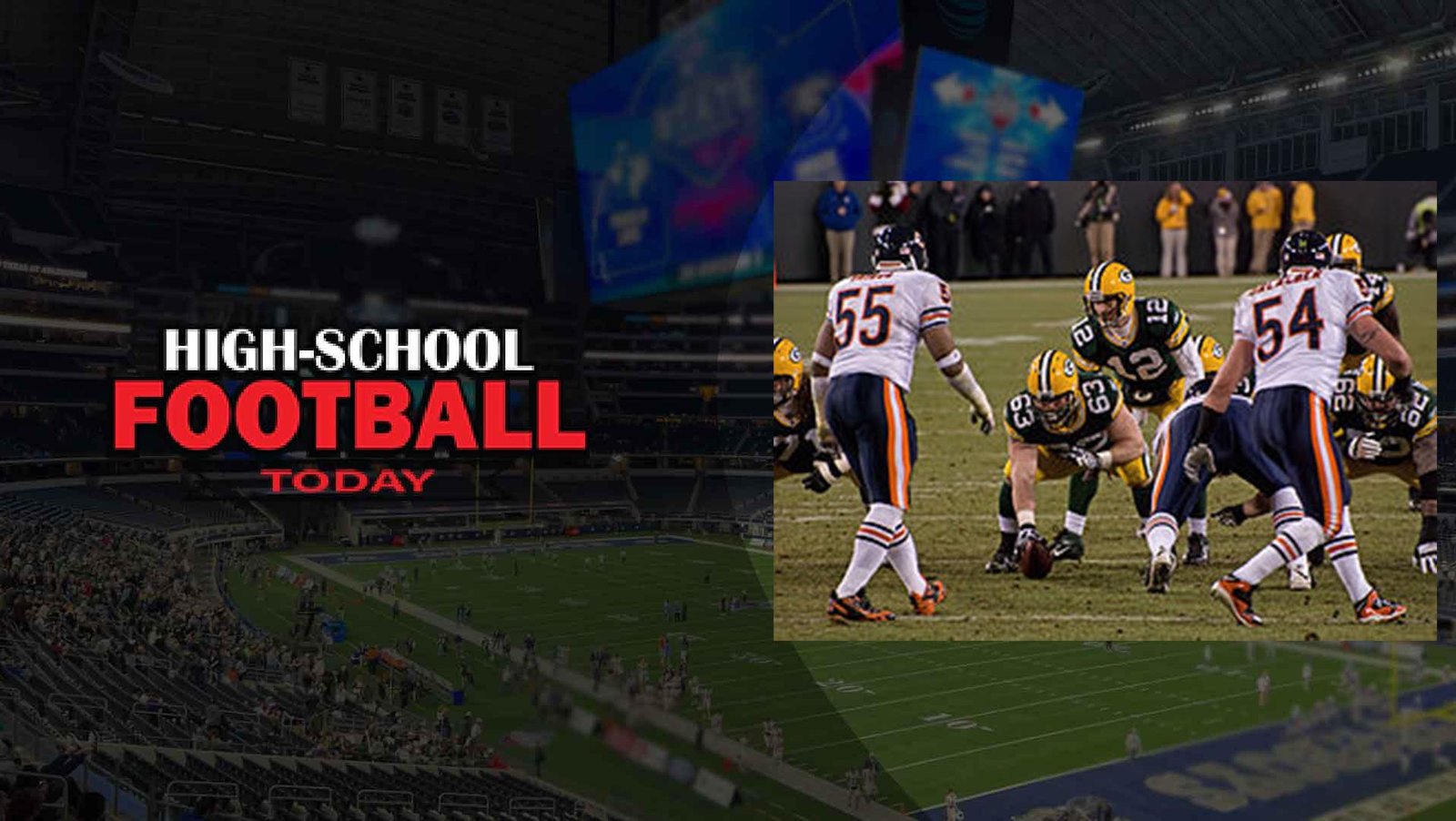There’s no denying that American football is a complex game with various positions, each with its unique responsibilities. Among these, the linebacker (LB) role is arguably one of the most crucial. This player is often considered the “heart and soul” of the defense, combining both strength and strategic intellect to thwart the opposing team’s offensive efforts. What is High School Football Linebacker Position?
This article aims to unravel the intricacies of the linebacker position in high school football, offering insight into its responsibilities, required skills, and tips for succeeding in the role.
The Role of a Linebacker in High School Football
In the grand scheme of football, the linebacker operates in the defensive unit, acting as the intermediary between the defensive line and the secondary. This position is often a hybrid role, requiring the speed to cover receivers and the power to tackle runners or blitz the quarterback. In high school football, linebackers play an essential role in determining the success of a team’s defense.
Responsibilities
Linebackers are tasked with several key responsibilities in a game. These include:
- Run Defense: They are the first line of defense after the defensive line against the running game. They must quickly diagnose run plays and meet the running back in the gap or at the line of scrimmage.
- Pass Defense: Linebackers are responsible for covering tight ends, running backs, and sometimes wide receivers, depending on the defensive scheme. They must be able to recognize pass plays and drop into coverage zones or man-mark a receiver.
- Quarterback Pressure: In certain defensive schemes, linebackers are called upon to blitz, or rush, the quarterback, aiming to disrupt a pass play or sack the quarterback.
The Skills Required for a Linebacker
To be effective, a high school linebacker must develop several skills:
- Speed and Agility: Quickness is crucial for linebackers to cover ground, whether that involves moving forward to defend against a run or backward to cover a pass.
- Strength: In addition to speed, linebackers need strength to take on blockers, tackle runners, and pressure quarterbacks.
- Instincts: A good linebacker must develop the ability to read offensive formations and plays quickly. This comes with experience and thorough knowledge of the game.
- Tackling: Effective tackling is a must. A linebacker must be able to bring down opponents reliably and safely.
- Leadership: Linebackers are often the communicators of the defense, calling out adjustments and ensuring teammates are in the correct positions. Leadership skills are a huge asset for this position.
Tips for Succeeding as a High School Linebacker
To excel in this position, a few tips can be helpful:
- Master the Basics: Ensure you are fundamentally sound in tackling, agility drills, and strength training.
- Study the Game: Watch film to understand offensive tendencies and improve your instincts.
- Communication: Work on your communication skills, as you’ll need to relay information from the coach to your teammates and coordinate the defense.
- Stay Disciplined: Stick to your assignments. Trying to do too much can lead to mistakes and big plays for the offense.
My Last Words
The linebacker position in high school football is a challenging but rewarding role. It calls for a unique blend of physical prowess, intellectual understanding of the game, and leadership abilities.
By mastering the basics, studying the game, and continually honing their skills, high school linebackers can significantly influence the success of their team’s defense.

